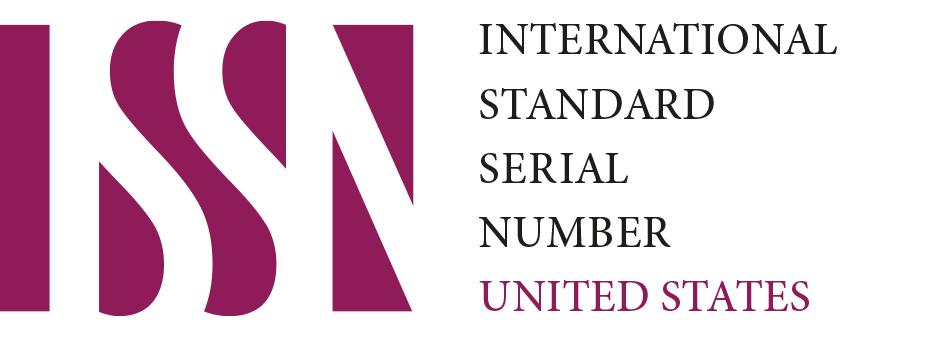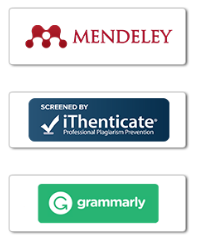The Influence of System Quality, Information Quality and Service Quality E-Learning on Employee Performance with Employee Satisfaction Mediation at PT MRT Jakarta
DOI:
https://doi.org/10.59613/global.v2i7.239Keywords:
System Quality, Information Quality, Service Quality, Employee Satisfaction, Employee PerformanceAbstract
The learning process is carried out online at PT MRT creating new challenges in organizing learning and training. One of the main issues is how to ensure the quality of the e-learning system implemented meets learning standards and objectives, as well as how it affects employee satisfaction and performance. This research aims to examine learning delivery methods that are applied online, identify, and measure the influence of system quality, information quality and service quality from e-learning on employee satisfaction and assess the impact of employee satisfaction on employee performance. The partial-least Square Structural Measurement Model (PLS-SEM) analysis method was used with a quantitative approach involving a sample of 140 employees. The results of research and data processing show that of the 6 hypotheses proposed, there are 2 hypotheses that have no significant effect and are less suitable for implementation. This shows that system quality and service quality have a significant impact on employee satisfaction. This shows that e-learning is reliable and efficient. and ease of access is important to increase employee satisfaction. Employee satisfaction also has a significant impact on employee performance, while information quality on employee satisfaction and service quality on employee performance do not have a significant impact in the context of "e-learning" learning at PT MRT. This research provides a strong analytical framework to understand the relationship between the quality of e-learning and employee satisfaction and employee performance. This shows that companies are not only facing changes in the educational landscape, but also accepting and adopting e-learning as a learning method for needs and development so that companies can improving e-learning performance to maximize employee performance, including focusing on improving the quality of the e-learning system, technological infrastructure and software used, to ensure a smooth and efficient learning experience for employees.
Downloads
Published
How to Cite
Issue
Section
License
Copyright (c) 2024 Fairus Jujur Setiawan, Prio Utomo, J. Johny Natu Prihanto

This work is licensed under a Creative Commons Attribution 4.0 International License.













